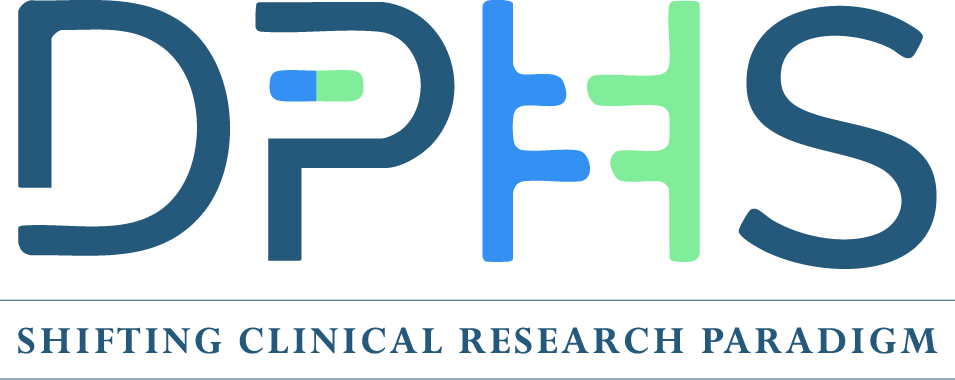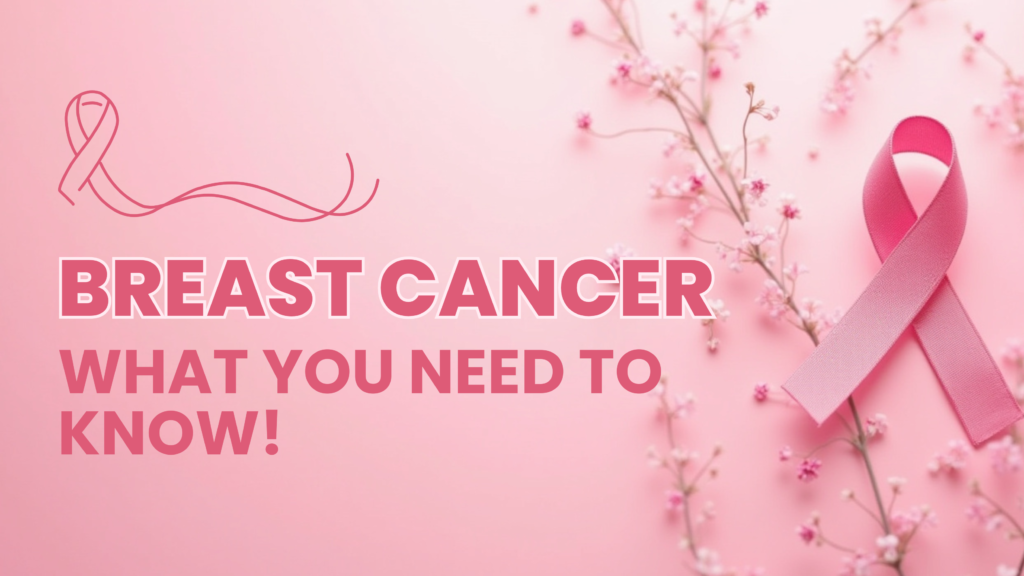Breast cancer is one of the most common cancers affecting women worldwide, including India. While the awareness around it is growing, many people still believe it is a single disease. In reality, breast cancer comes in several types, each with different characteristics, progression patterns, and treatment options. Understanding these types can play a vital role in early detection and improved survival rates.
In this blog, we’ll walk you through the most common and rare types of breast cancer, how they differ, and what you should know about each.
1. Ductal Carcinoma In Situ (DCIS)
DCIS is considered the earliest form of breast cancer. “In situ” means the cancer is confined to the milk ducts and hasn’t spread to surrounding breast tissue. DCIS usually doesn’t show any symptoms and is often detected during routine mammograms.
- Non-invasive (has not spread)
- Highly treatable if caught early
- Usually doesn’t cause a lump
Treatment often involves surgery (lumpectomy or mastectomy) and radiation.
2. Invasive Ductal Carcinoma (IDC)
IDC is the most common type of breast cancer, accounting for nearly 80% of all cases. It starts in the milk ducts but eventually breaks through into the surrounding breast tissue. IDC can also spread to lymph nodes and other parts of the body if not treated in time.
- Invasive (can spread)
- Most common form
- Detected via mammogram or a noticeable lump
Treatment can include surgery, radiation, chemotherapy, and hormone therapy depending on the stage and hormone receptor status.
3. Invasive Lobular Carcinoma (ILC)
ILC begins in the lobules (milk-producing glands) and spreads to nearby tissues. It is the second most common type of invasive breast cancer.
- Accounts for ~10% of breast cancers
- Often harder to detect on mammograms
- May feel like a thickening rather than a lump
Due to its subtle presentation, ILC is often diagnosed at a slightly later stage than IDC.
4. Triple-Negative Breast Cancer (TNBC)
TNBC is a more aggressive type of breast cancer that does not express estrogen receptors, progesterone receptors, or HER2 protein. This makes it more difficult to treat with conventional hormone therapies.
- More common in younger women and women of color
- Faster growing and more likely to spread
- Treated mainly with chemotherapy
Despite being aggressive, many patients respond well to chemotherapy and new treatments are showing promise.
5. HER2-Positive Breast Cancer
HER2 (human epidermal growth factor receptor 2) is a protein that promotes the growth of cancer cells. In HER2-positive breast cancer, these receptors are overexpressed, causing rapid cell growth.
- Tends to grow and spread quickly
- Responds well to targeted therapies like Herceptin (trastuzumab)
- Detected via biopsy and HER2 testing
Targeted therapy has significantly improved outcomes for people with HER2-positive cancers.
6. Inflammatory Breast Cancer (IBC)
IBC is a rare but aggressive form of breast cancer that blocks lymph vessels in the skin of the breast.
- Breast may appear red, swollen, and warm
- Often no lump is present
- Progresses rapidly
Due to its aggressive nature, IBC requires a combination of chemotherapy, surgery, and radiation.
7. Male Breast Cancer
Although rare, breast cancer can also occur in men. It accounts for less than 1% of all breast cancer cases.
- Often diagnosed late due to lack of awareness
- Symptoms may include a lump or nipple discharge
- Treated similarly to female breast cancer
Early detection in men is critical for better outcomes.
Why Knowing the Type Matters
Each type of breast cancer behaves differently and responds to different treatments. Knowing the exact type helps doctors design a personalized treatment plan that can significantly improve recovery and survival.
- Treatment Personalization: Types like HER2-positive and hormone receptor-positive cancers have specific therapies.
- Prognosis: Aggressive types like TNBC may need immediate and intensive treatment.
- Surveillance: Knowing your risk helps in regular screening and early detection.
Conclusion
Breast cancer is not a one-size-fits-all disease. Understanding the types of breast cancer empowers you and your loved ones to take the right steps toward prevention, detection, and treatment. Awareness can save lives whether you live in a metro city or a Tier 2 or 3 town in India.
If you or someone you know experiences unusual breast changes, consult a doctor immediately. Regular screenings and staying informed are your best tools in the fight against breast cancer.



